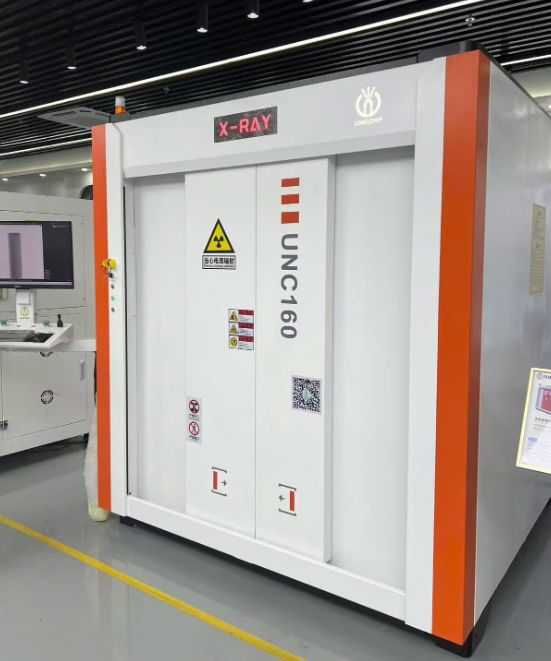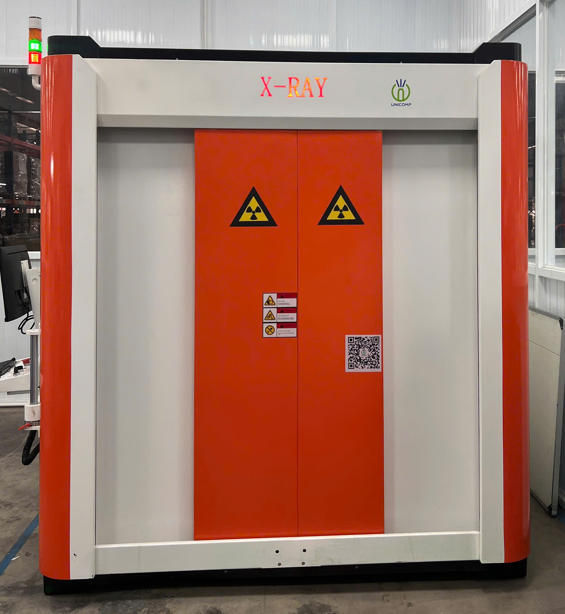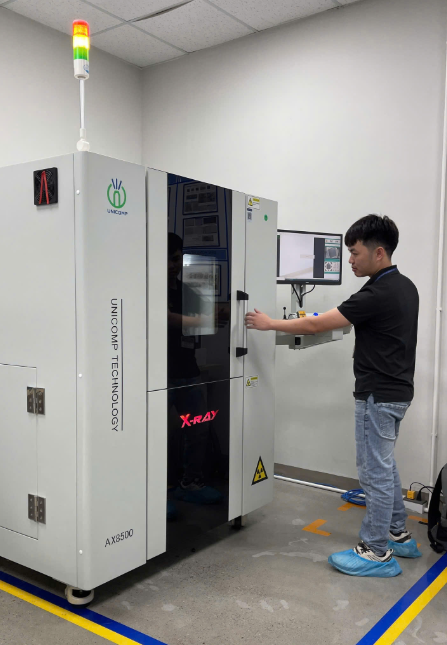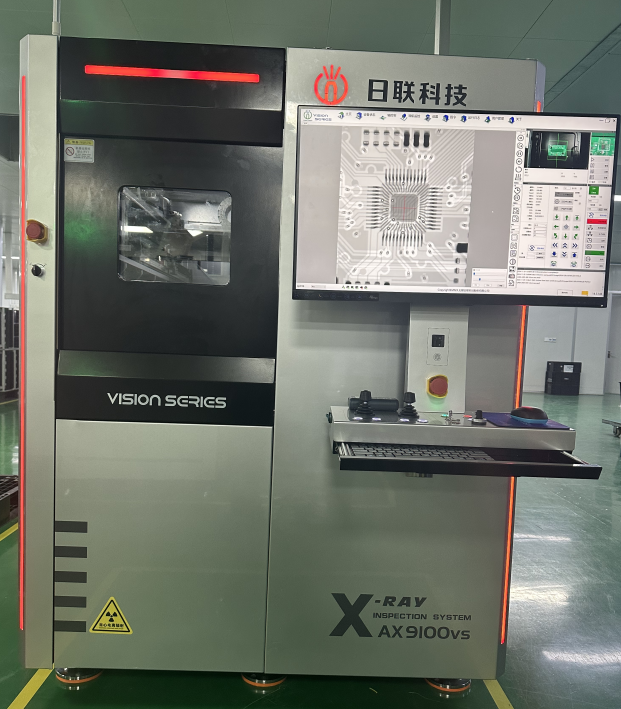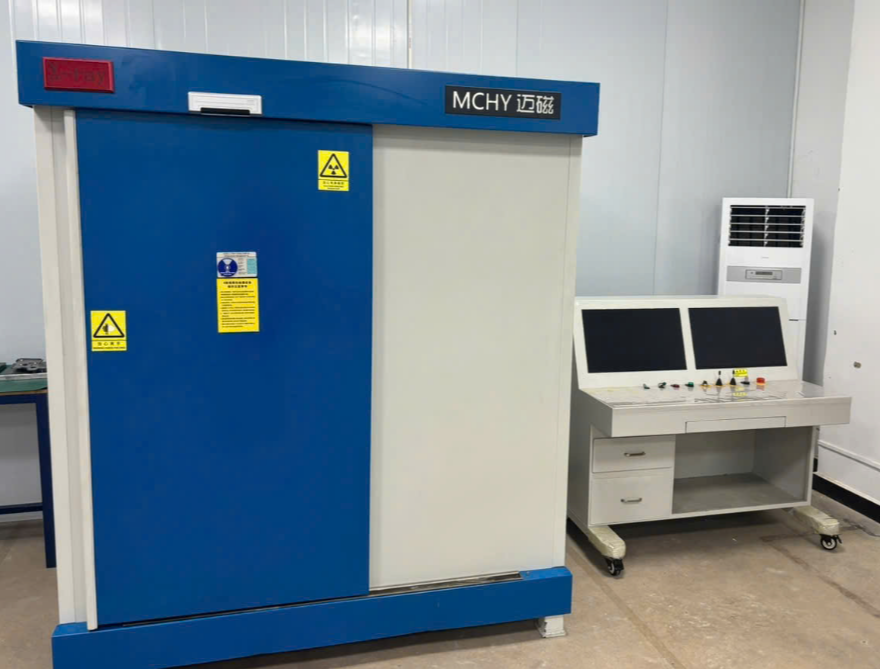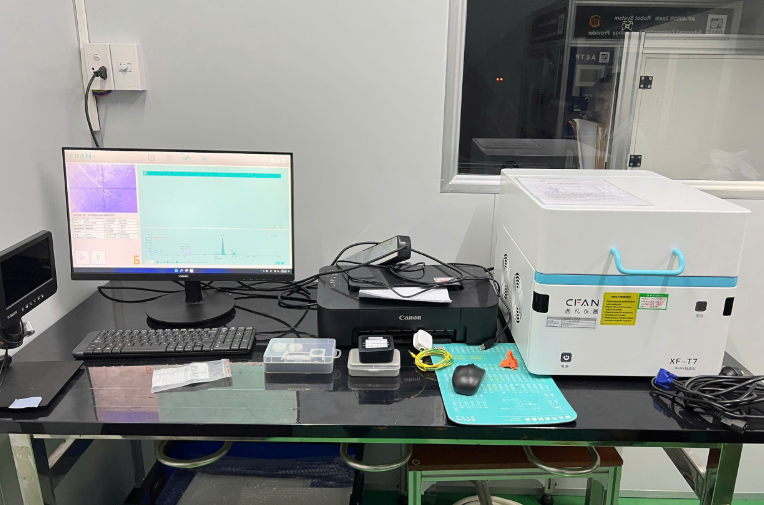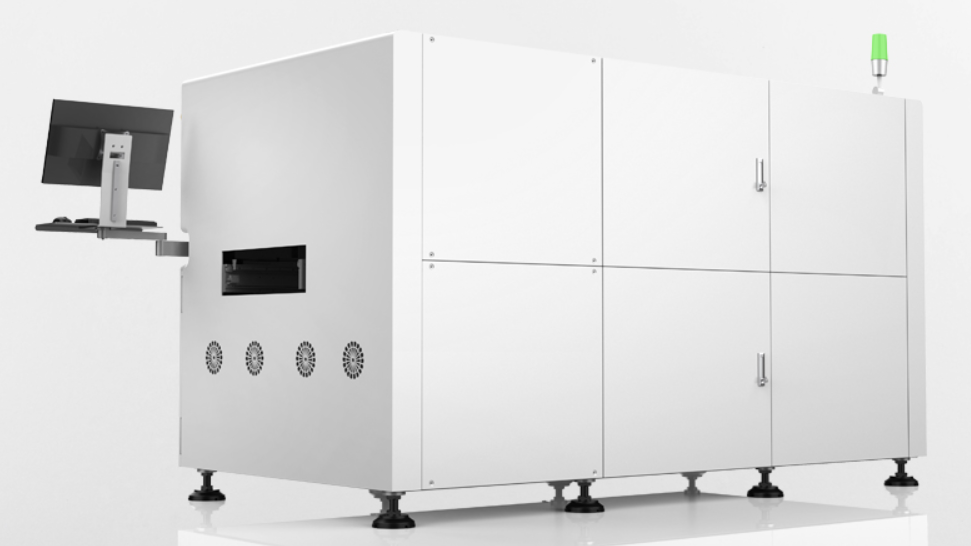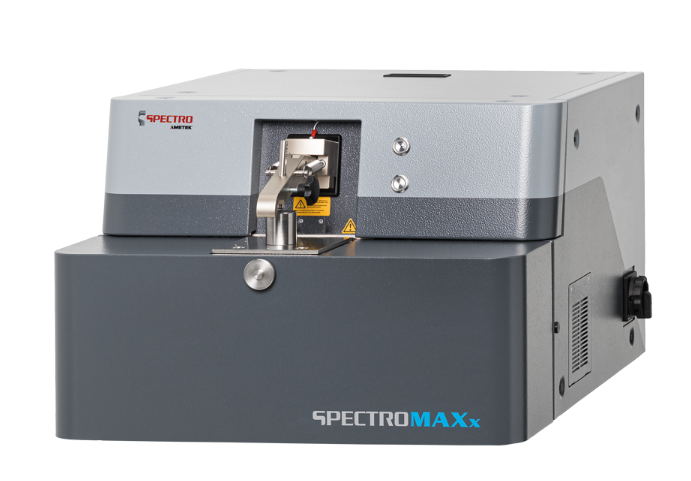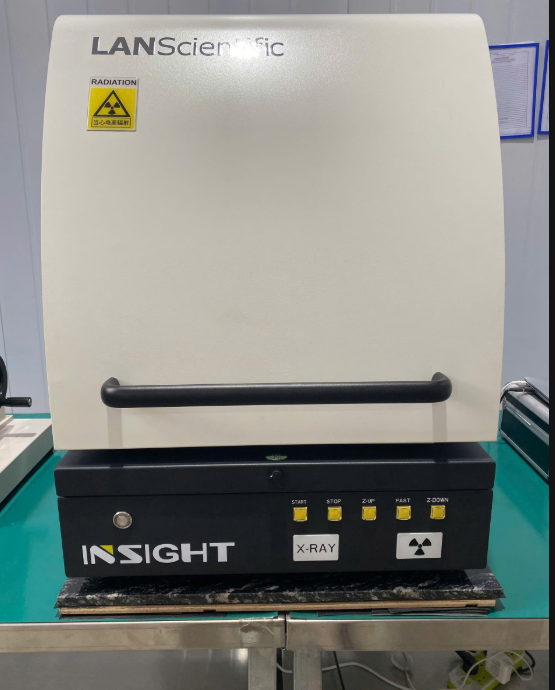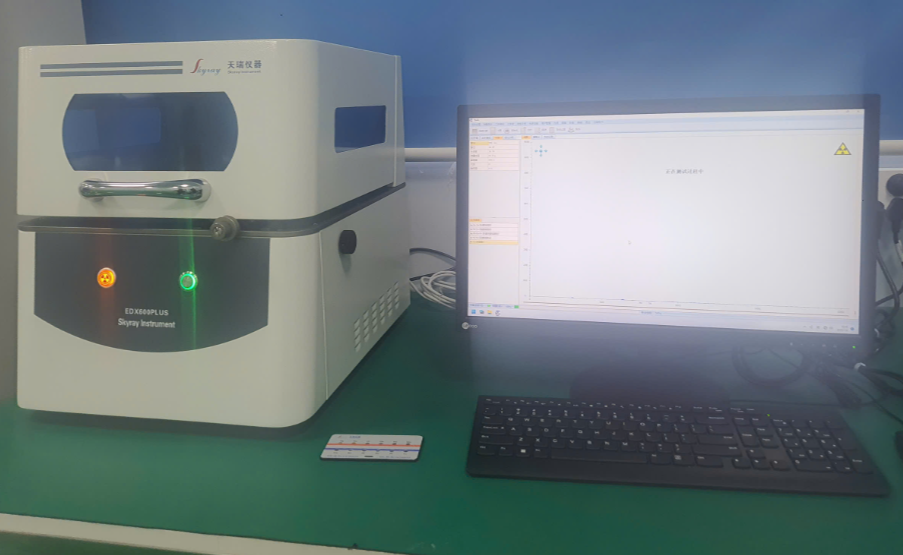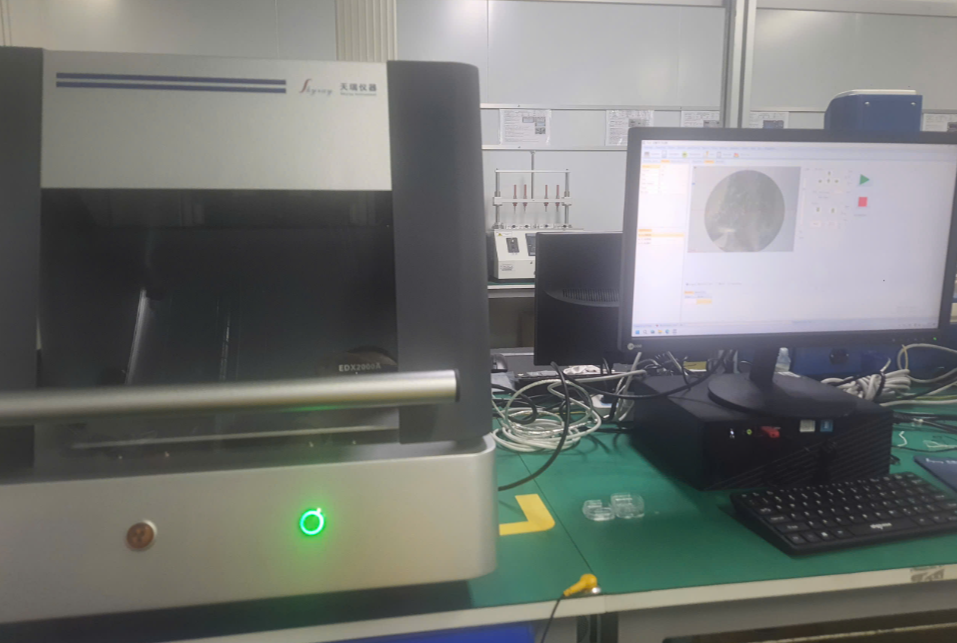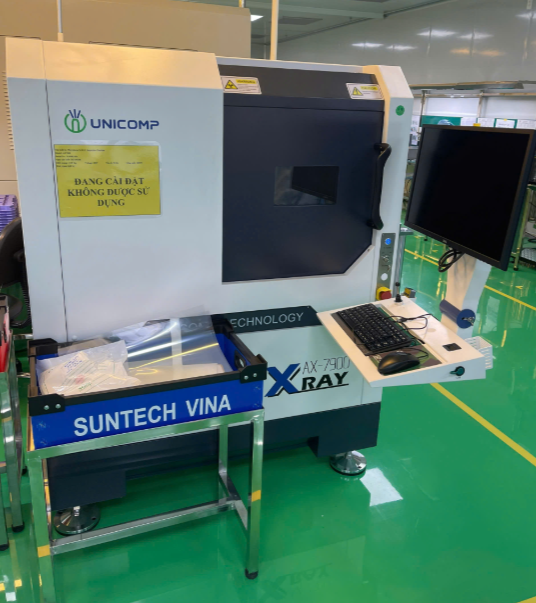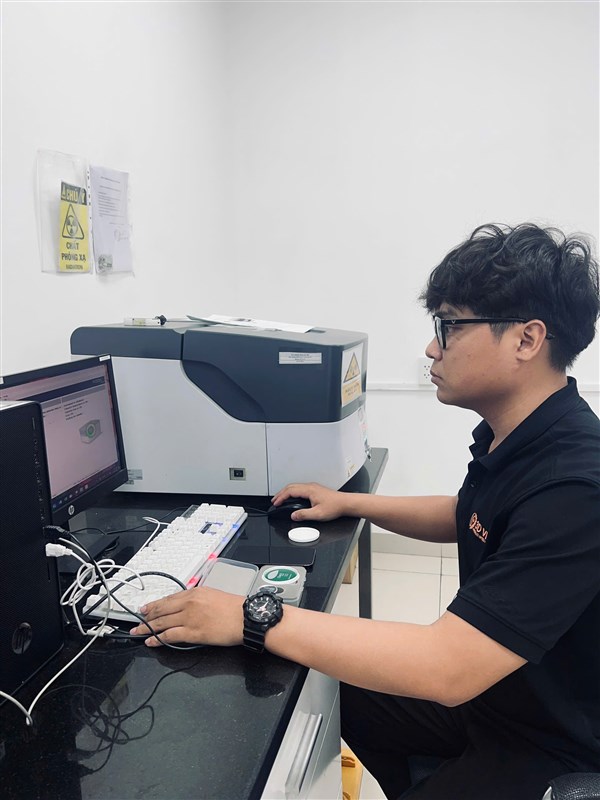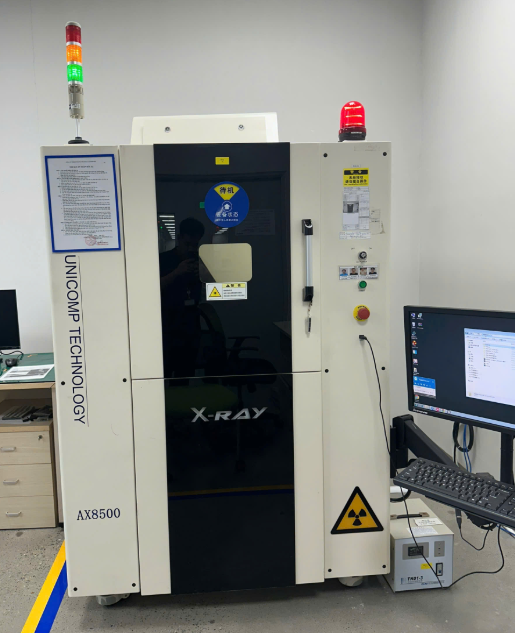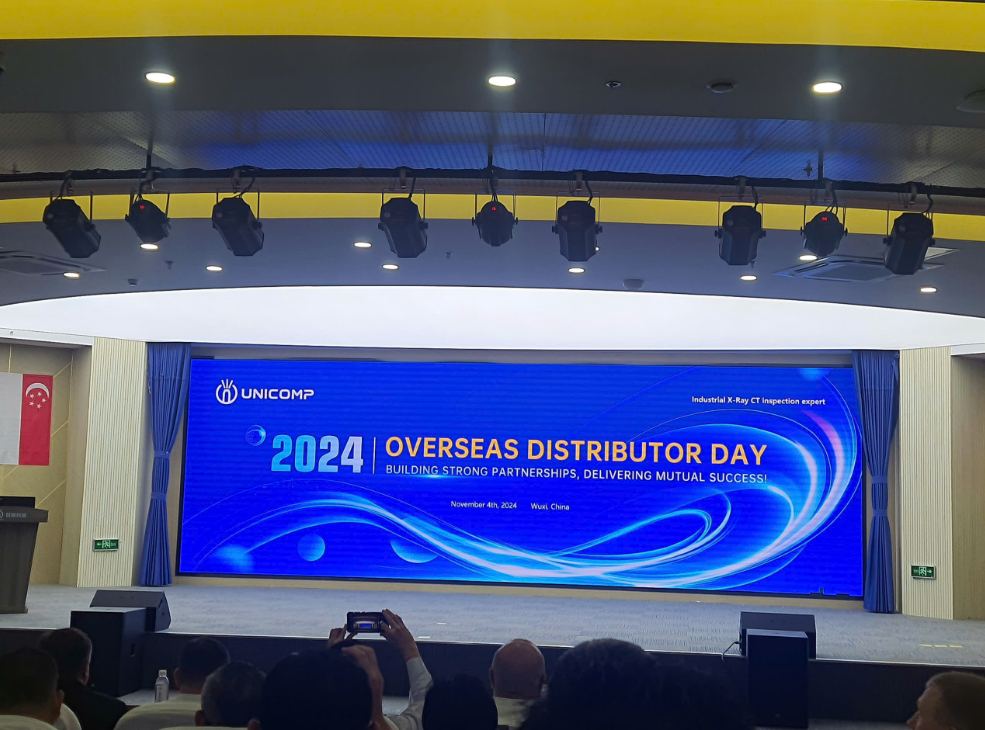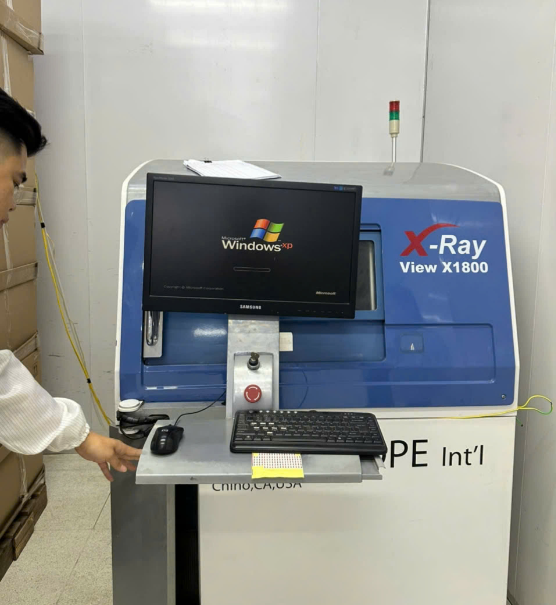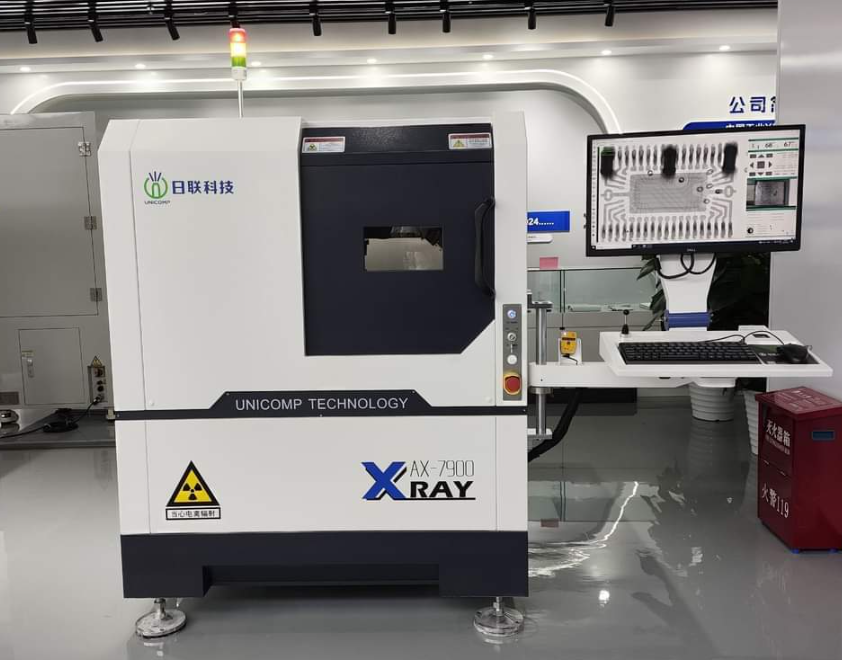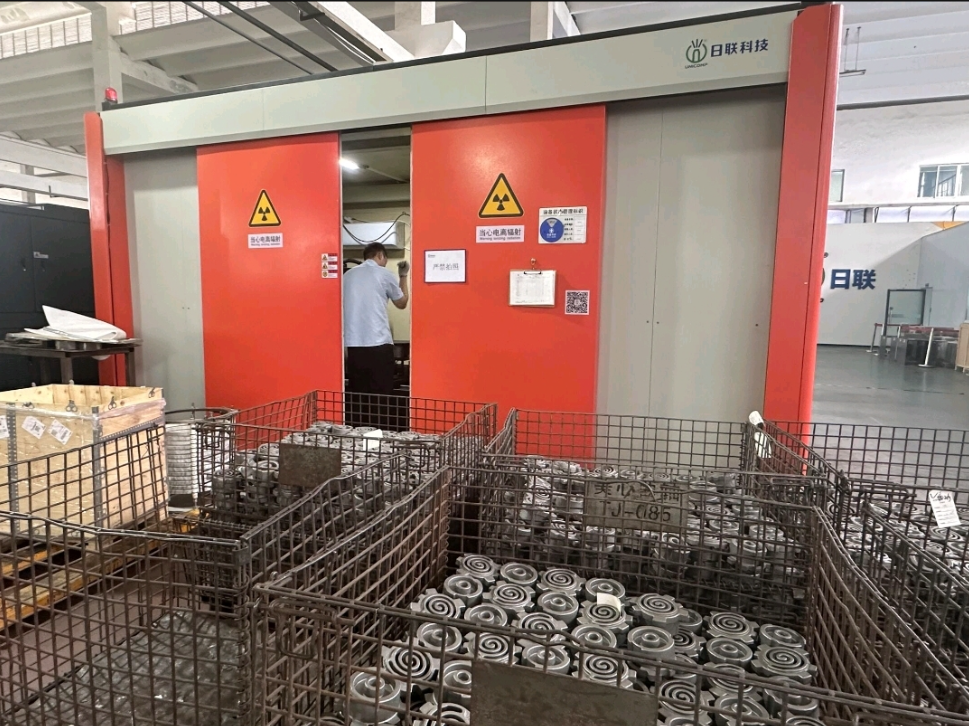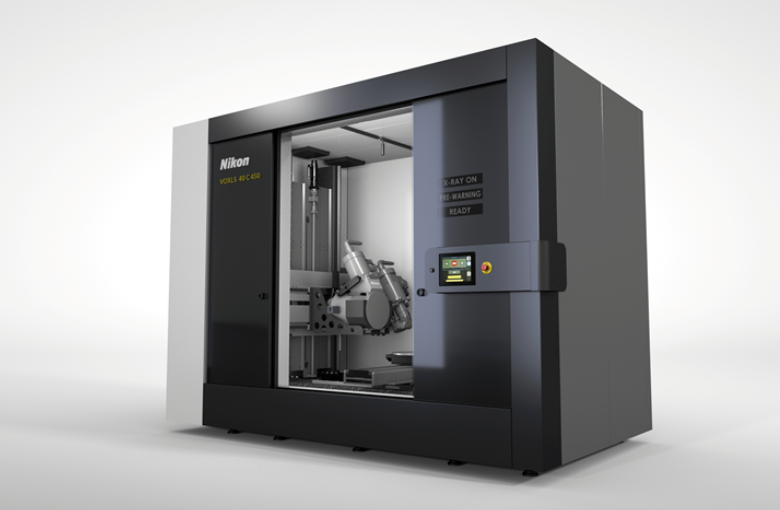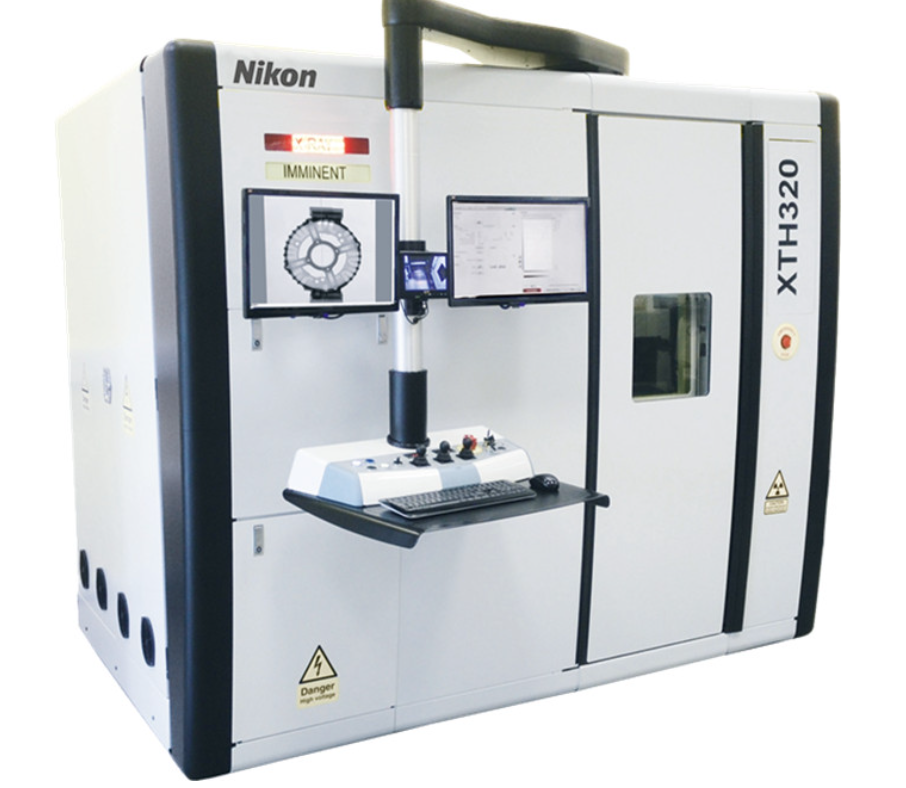A new UK National Research Facility (NRF) in Lab-based X-ray Computed Tomography is set to launch in November this year. The NRF will provide access and support for both academia and industry, embracing both first time users and more experienced researchers running cutting-edge 3D imaging experiments.
Starting on 1 November 2020, the X-ray CT NRF represents a £10m investment over 5 years from the Engineering and Physical Sciences Research Council (EPSRC), will bring together the capability of existing facilities from The University of Manchester, University of Southampton, University College London (UCL), University of Warwick, and Diamond Light Source. Together, these five partners provide a unique and diverse shared capability to the UK.
The lab X-ray CT NRF Hub in will be hosted within the Henry Royce Institute for advanced materials at Manchester, adopting a similar operational framework and benefiting from business support to help grow the user base. Alongside this, Royce has dedicated space in the new hub building to host a Data Visualisation and Analysis Support Centre to support novice users.
The creation of the lab X-ray CT NRF across the five partners will enable expansion of X-ray CT capacity and expertise to support investigations in biomedical and life sciences, engineering and physical sciences, environmental sciences, humanities and cultural heritage. The new lab will support a range of industrial sectors, from additive manufacturing to civil engineering.
The NRF will also provide training and funded access to imaging facilities at the partner sites, as well as support and expertise to set up experiments and analyse the 3D data. The new equipment will ensure capacity as well as delivering unique new capabilities in X-ray CT.
“There is so much potential for X-ray imaging to add enormous value to our research and industrial challenges. I am delighted that this National Facility will open up access to this equipment but also provide the training, support and skills needed to help everyone exploit this technology. I am very excited about our partnership with Southampton, UCL and Warwick which will allow us to bring the latest developments in large sample imaging, metrology, phase contrast imaging and multiscale and fast in situ experimentation to the widest possible number of users” stated Dr Tim Burnett.
Dr Andrew Wright, Head of Capital Infrastructure at EPSRC, said: “The X-ray CT facility will be a key component of EPSRC’s network of national research facilities, which support our research base to develop cutting edge techniques and make advances with societal and economic impact. It will provide researchers across academia and industry with the tools they need to break new ground in a wide range of fields, driving excellence and enhancing scientific productivity.”
About the lab X-ray CT NRF
By bringing together and building on the complementary strengths of 5 of the UK’s leading X-ray CT facilities, the NRF will position itself and the UK as a world leader for X-ray imaging. It will provide access to a suite of conventional and unique imaging capabilities, in situ environments and the resources needed for effective visualisation and analysis of the data, all with expert technical support.
The lab X-ray CT NRF will support users who have never used X-ray imaging before. In addition, the facility will be pushing the capabilities of lab X-ray imaging. It will bring completely new insights utilising advanced techniques such as: “colour” (energy-sensitive) imaging where elemental distribution can be quantified, phase contrast imaging, greatly enhancing contrast in biological samples, soft tissue-optimised X-ray imaging for 3D X-ray histology or unconventional scanning trajectories allowing for high-resolution imaging within very large structures.
Through a range of training courses, technical expertise in acquiring and analysing data, as well as the underpinning data infrastructure, the lab X-ray CT NRF will provide a complete service to the industrial and academic research community.
The facility will also train the next generation of scientists and engineers, creating a skilled pipeline of personnel who will be able to exploit this technology and its insight in future academic and industrial careers.
Lab X-ray CT NRF Centres
Manchester: The facility at Manchester has been at the forefront of X-ray imaging since 2008 when Regius Prof. Philip Withers established the Henry Moseley X-Ray imaging Facility (HMXIF). In 2014 the facility was awarded the Queen’s Anniversary Prize for “New Techniques in X-ray Imaging of Materials Critical for Power, Transport and Other Key Industries” recognising the special contribution the research and expertise has made to the UK’s strategic development in advanced materials and manufacturing. The HMXIF currently hosts 10 different X-ray CT scanners which cover scales from metre size objects and resolutions down to 50 nm. The HMXIF also hosts many rigs allowing for in situ testing and a large computer suite enabling comprehensive 3D analysis.
Southampton: Operating within one of the largest and most diverse engineering groupings in the UK, the µ-VIS X-ray Imaging Centre at Southampton provides 8 lab X-ray CT systems and the expertise of over 40 academic staff from across the University, serving a wide range of imaging needs, including aerospace structures, marine engineering, civil engineering and geotechnics, energy systems and biomedical research. Within the NRF, the Southampton lab will draw on over 10 years’ experience running one of the UK’s largest XCT scanners, taking a lead for imaging samples and engineering systems, up to several meters in length, in excess of 100 kg. Furthermore, expertise has been built collaboratively with the University Hospital Southampton (UHS) and the jointly operated NHS/University Biomedical Imaging Unit (BIU) to deliver high-level expertise in biological and biomedical imaging, from basic research to near-clinical application.
UCL: The facility at UCL brings together the departments of Medical Physics, Chemical and Mechanical Engineering with activities that span London and the Research Complex at Harwell. Their expertise encompasses the development of new imaging modalities such phase contrast, nano-scale and in-situ characterisation. This will be achieved through a unique suite of custom-built scanners and in situ and operando tomography equipment which will make X-ray phase contrast imaging available to a wide community outside synchrotron facilities for the first time.
Warwick: The facility at Warwick (WMG) provides expertise in Metrology and high-power scanning with a strong track record in supporting a wide range of industry sectors including Automotive, Aerospace, Healthcare and Forensics. Working closely with the HVM Catapult, the facilities provide scanning support for research into the quality control of Batteries, E-machines and Additive Manufacturing. Warwick also specialises in high speed scanning with the UK’s fastest commercially available XCT scanner, helping bridge the capability gap between traditional lab-based systems and national facilities such as synchrotron.

